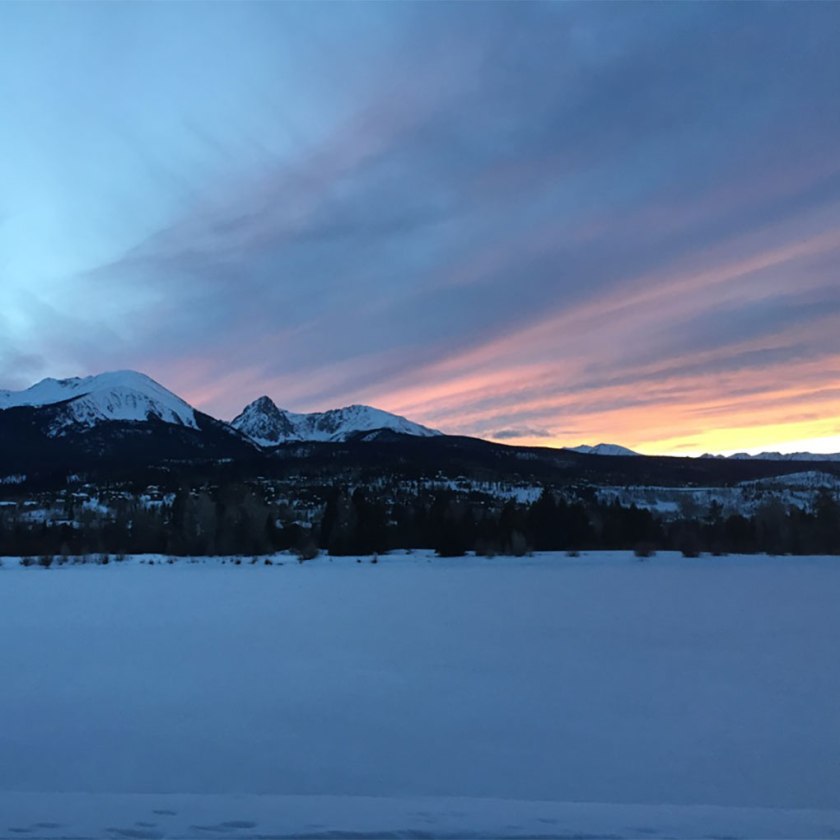For my final project I decided to make objects where there was a wave transposed on top of a different object. I ultimately decided to put an EKG graph on top of a heart, and two different breathing pattern waves on top of lips. I was very inspired by the sculpting data project that we did earlier this semester. I really wanted to make something multidimensional piece that could serve as part of a collection. I wanted these pieces to be recognizable, while also raising questions.
To create this process I first did a “pictureframe” of the three waves that I used (the EKG, and two breathing waves). I used points to form the wave curve using the command “curve through point”. After that I then free handed a heart, and again used a picture frame to get the rough shape of the lips. For the lips I used both extrude curve, boolean difference, and cap to get the final closed polly surface. I then extruded the wave curve and used boolean intersection to get the breathing wave transposed on top. After I did that I did a prototype print to see how they would come out.
For the heart I did a similar process, but instead of extrude curve, which is what I did in my very first (blue hear below) prototype I did a rail revolve for the curve to give it more dimension. I extruded the EKG curve over the heart and preformed a boolean intersection to get my prototype print ready.
Pictured below are my first two sets of prototype prints as well as my rhino building process.
After I did my first two sets of prints I saw what I needed to fix before I did my final print. For both I saw where there were imperfections in the curves and I used the cage edit command to make the more defined. I also made them larger because part of the reason you could not make out some of the curves on the test prints was because of the size. On top of all of that for one of the sets of lips I noticed on the test print that part of the wave came down really far onto it. This was compromising the structural integrity of the lips. To fix this I made the base of both the lips and wave bigger. This was to give more space between the bottom of the piece and where the wave actually started.
To finish this collection I sanded the pieces down to give both a smoother finish and to get rid of all the imperfections of 3D printing. My original thought was the paint them but after seeing what they looked like sanded I decided not to. I decided not paint them because I felt as though it would not give them the same quality as what they had being white. It is easy to see the curves and when their are shadows on them it makes the curves more defined. I thought I might lose some of this definition if it was painted, and I thought it looked very clean being white.
All in all I am happy with my pieces. I would like to keep going and making more in the future but I think this was a good place to start. I got to figure out how to make something multi dimensional, and I got to play around with different curves. I feel that I created a piece that is both easily understood and one that can raise questions, which was part of my original goal.
Pictured below are the processed photos of my final pieces.
ENJOY 🙂











































































































































